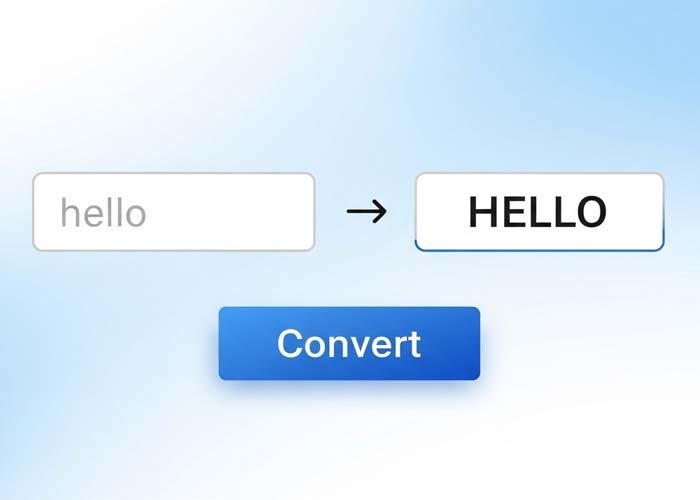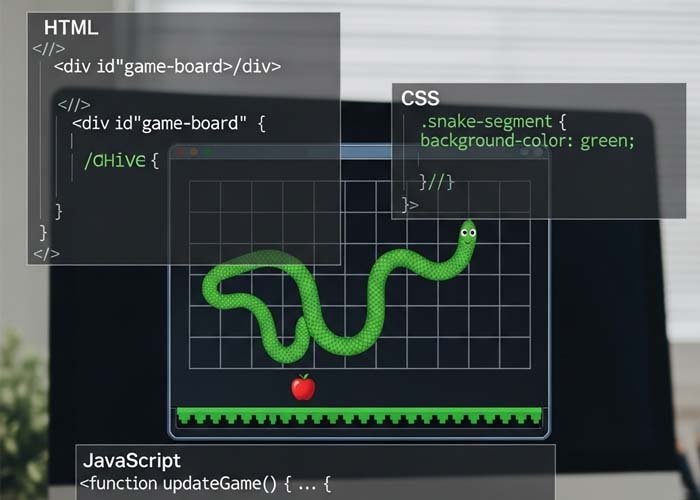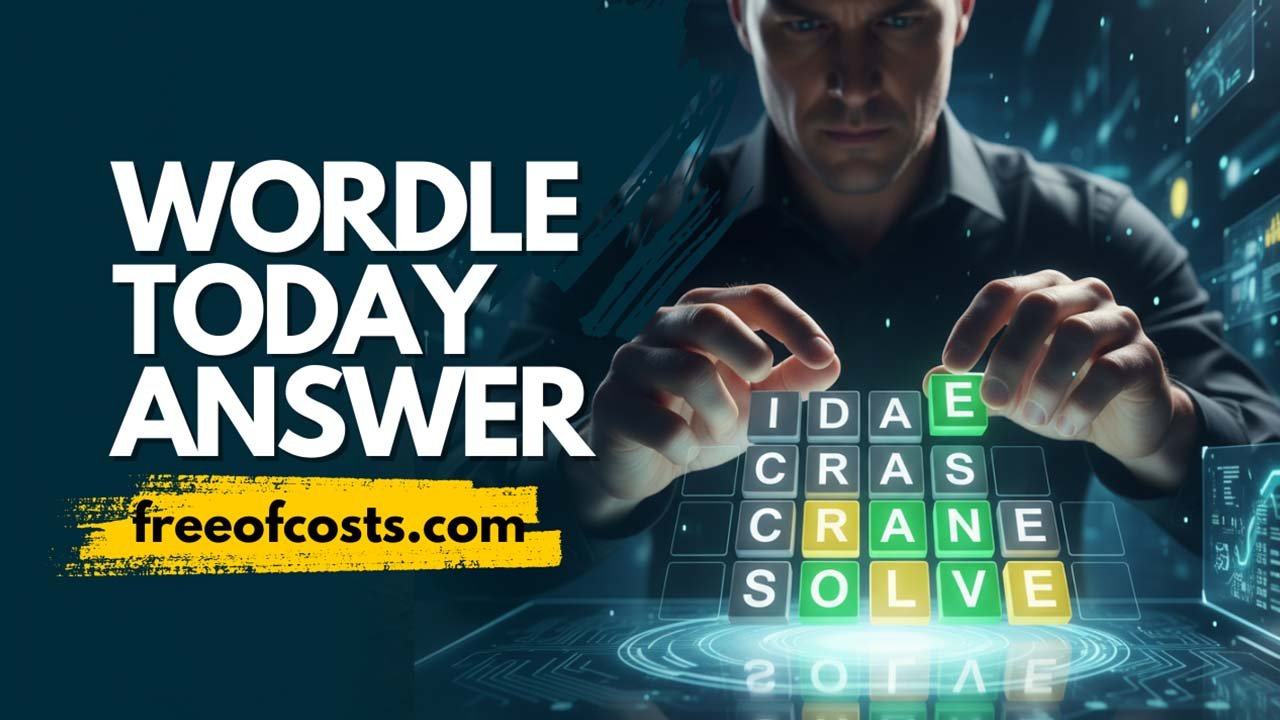Animated Skeleton Card Loader Using HTML and CSS
When content is loading on a webpage, it’s important to give users a smooth visual experience. One effective way to do that is by using a skeleton card loader. This layout simulates the structure of actual content using animated placeholders, giving the user a sense of progress while the real data loads in the background.
This example features a small rectangular card with three animated sections: a circular shape on the left and two rectangles on the right. The animation mimics a loading motion using a subtle gradient shift, commonly known as a shimmer effect.
Layout Overview
The main container is a compact card centered on the screen. It’s sized to fit within a small area and includes padding and a soft shadow to give it some depth. Inside the card are three elements:
A circular placeholder on the left
A short bar near the top right
A taller rectangle below the short bar
Together, these create the visual impression of a profile image, a title, and a description block — similar to a user card, comment section, or content preview.
Animated Loading Effect
Each of the three elements inside the card uses the same animated background. The background consists of a gradient with different shades of grey, giving the illusion of movement as it shifts from one side to the other.
This shimmer animation continuously loops, making the placeholders look alive instead of static. This not only helps indicate loading activity but also improves perceived performance by reassuring users that content is on its way.
Design Purpose
This type of card loader is especially useful in situations where content takes a moment to load due to API calls, database queries, or external data fetching. It allows users to anticipate the shape and type of content that will appear, which helps maintain engagement.
Since this layout uses only HTML and CSS, it’s lightweight and doesn’t depend on any external libraries. That makes it easy to integrate into any part of a webpage — whether in profile previews, post placeholders, or card-based lists.
Smooth and Lightweight UI Pattern
The layout is designed to be minimal but effective. Rounded edges, clean spacing, and smooth animations help maintain a modern look and feel. The centered positioning ensures it stands out, while the floating layout of each element inside the card keeps the structure visually balanced.
The shimmer animation is subtle and professional, making it suitable for both desktop and mobile experiences. This is a great solution for developers and designers who want to deliver polished UI loading feedback without using JavaScript.
This animated skeleton card loader enhances the user experience by bridging the gap between action and data. It’s functional, stylish, and easy to implement — a perfect fit for any modern web interface.
This code uses HTML and CSS only — no JavaScript included.
Copyright – 2025 mrhyddenn
Permission is freely granted to anyone who obtains a copy of this software and its accompanying documentation files (referred to as “the Software”), allowing them to use, copy, modify, merge, publish, distribute, sublicense, and even sell copies of the Software. Additionally, users are allowed to permit others to use the Software under these same terms.
It is required that the above copyright notices and this permission notice be included in all versions or significant portions of the Software.
Please note, the Software is provided “as is”, without any form of warranty—express or implied. This includes, but is not limited to, warranties of merchantability, fitness for a specific purpose, or non-infringement. Under no circumstances shall the original authors or rights holders be held responsible for any claims, damages, or other liabilities that may arise from the use of the Software, whether through legal action, negligence, or otherwise.
All code on Freeofcosts.com is reviewed before publishing. Each post includes a live code editor with real-time preview, so you can experiment and learn by doing. Most code is open-source and free to use or modify under respective licenses.



